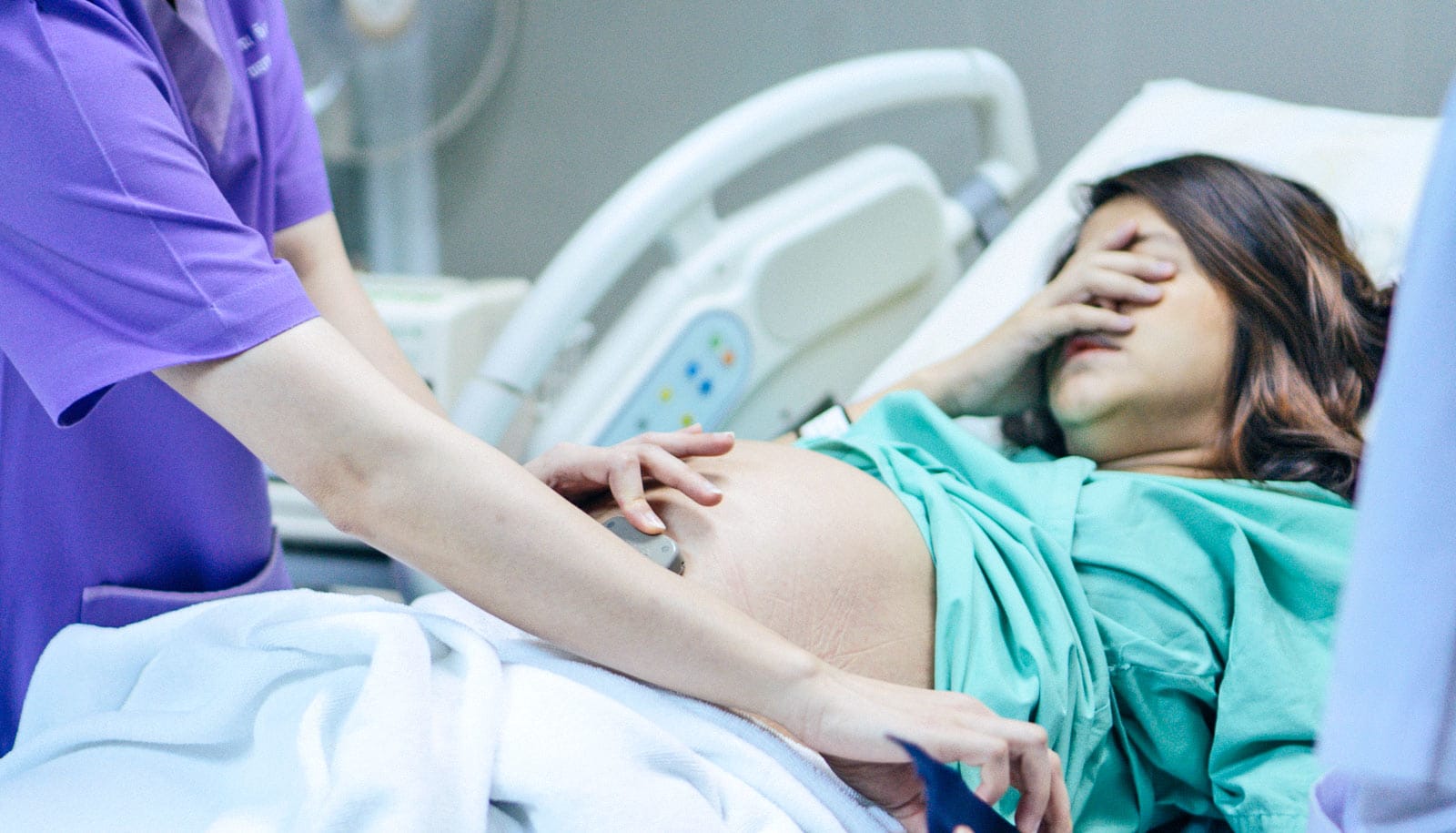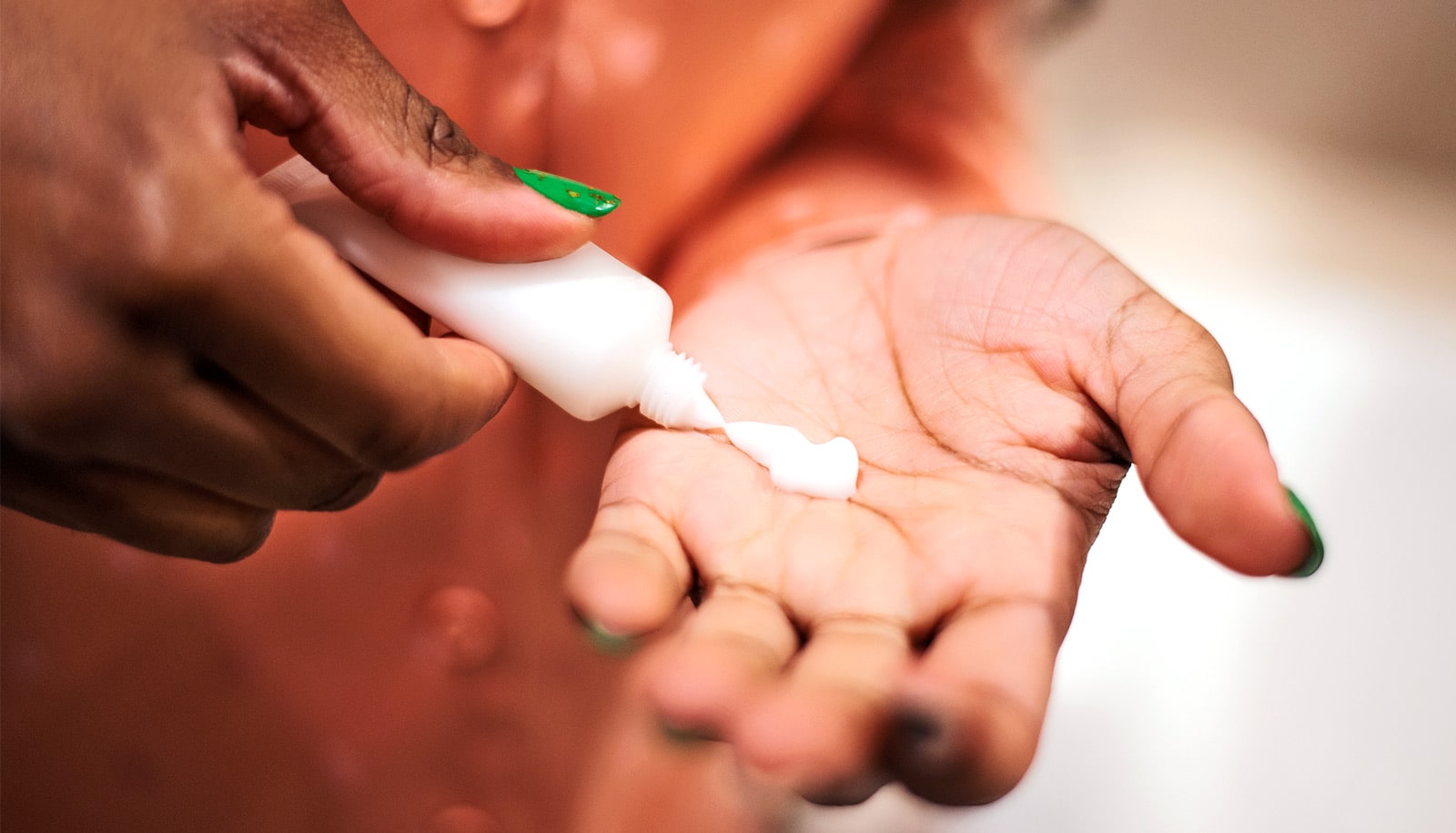Inducing labor in healthy first-time mothers in the 39th week of pregnancy results in lower rates of cesarean sections compared with waiting for labor to begin naturally at full term, according to new research.
Additionally, births to women who had inductions at 39 weeks were not more likely to result in stillbirths, newborn deaths, or other major health complications for the baby.
“This study is a potential game changer and will have a significant impact on the practice of obstetrics,” says senior author George Macones, head of the obstetrics and gynecology department at Washington University School of Medicine in St. Louis.
“The concern has been that inducing labor—even at 39 weeks—would increase the cesarean section rate and health problems in newborns,” says Macones. “We found inductions at 39 weeks lowered, not raised, the number of deliveries by cesarean section.”
Inductions at 39 weeks resulted in 18.6% c-sections, whereas waiting for labor to start naturally resulted in a 22.2% c-section rate.
The findings appear in the New England Journal of Medicine.
Delivering by cesarean section generally is considered safe for mother and baby. However, the procedure involves major surgery and, therefore, poses increased complication risks and longer recovery times for mothers compared to delivering vaginally.
Previous studies have shown that inducing labor without medical reason before pregnancies are full-term at 39 weeks poses health risks for newborns, primarily because the lungs, brain, and other organs haven’t fully developed. But inductions at 39 weeks—one week before a woman’s due date—has become more common in recent years, and the researchers wanted a better understanding of the risks and benefits to mother and baby.
“Our department already is recommending induction at 39 weeks for healthy pregnant women,” says Macones, who treats patients at Barnes-Jewish Hospital. “Some women prefer to schedule an induction because it allows them to plan ahead. Of course, women without pregnancy complications can choose how they want to experience labor and delivery, and we respect their wishes.”
The study enrolled about 6,100 healthy, first-time mothers-to-be at 41 hospitals belonging to the Maternal-Fetal Medicine Units Network. The researchers assigned about half of the pregnant women to labor induction at 39 weeks, while the other half waited for labor to begin naturally. Some women in the latter group had inductions after 39 weeks for medical reasons.
“Our findings offer healthy, pregnant women options for labor and delivery.”
Of those who were induced at 39 weeks, 569 (18.6 percent) had cesarean sections compared with 674 women (22.2 percent) who delivered by cesarean after waiting for labor to occur naturally—a difference that is statistically significant.
Other health benefits experienced by women in the induced labor group included reduced rates of pregnancy-related hypertension and postpartum infections. Specifically, 277 (9.1 percent) women induced at 39 weeks experienced blood pressure problems and 50 (1.6 percent) contracted infections after delivery, compared with 427 (14.1 percent) and 65 (2.1 percent) in the spontaneous labor group.
Infants born to both groups of mothers had the same risks for complications such as newborn death, seizure, infection, injury, and the need for infant respiratory support. Of the women in the induced labor group and the spontaneous labor group, 132 (4.3 percent) and 164 (5.4 percent), respectively, experienced birth complications that affected the babies’ health. The difference between the two groups is not significant.
Tdap vaccine during pregnancy pays off for baby
“Our findings offer healthy, pregnant women options for labor and delivery,” Macones says. “However, the choice always remains theirs.”
Macones chairs the Meternal-Fetal Medicine Units Network, which has support from the NIH’s Eunice Kennedy Shriver National Institute of Child Health and Human Development.



